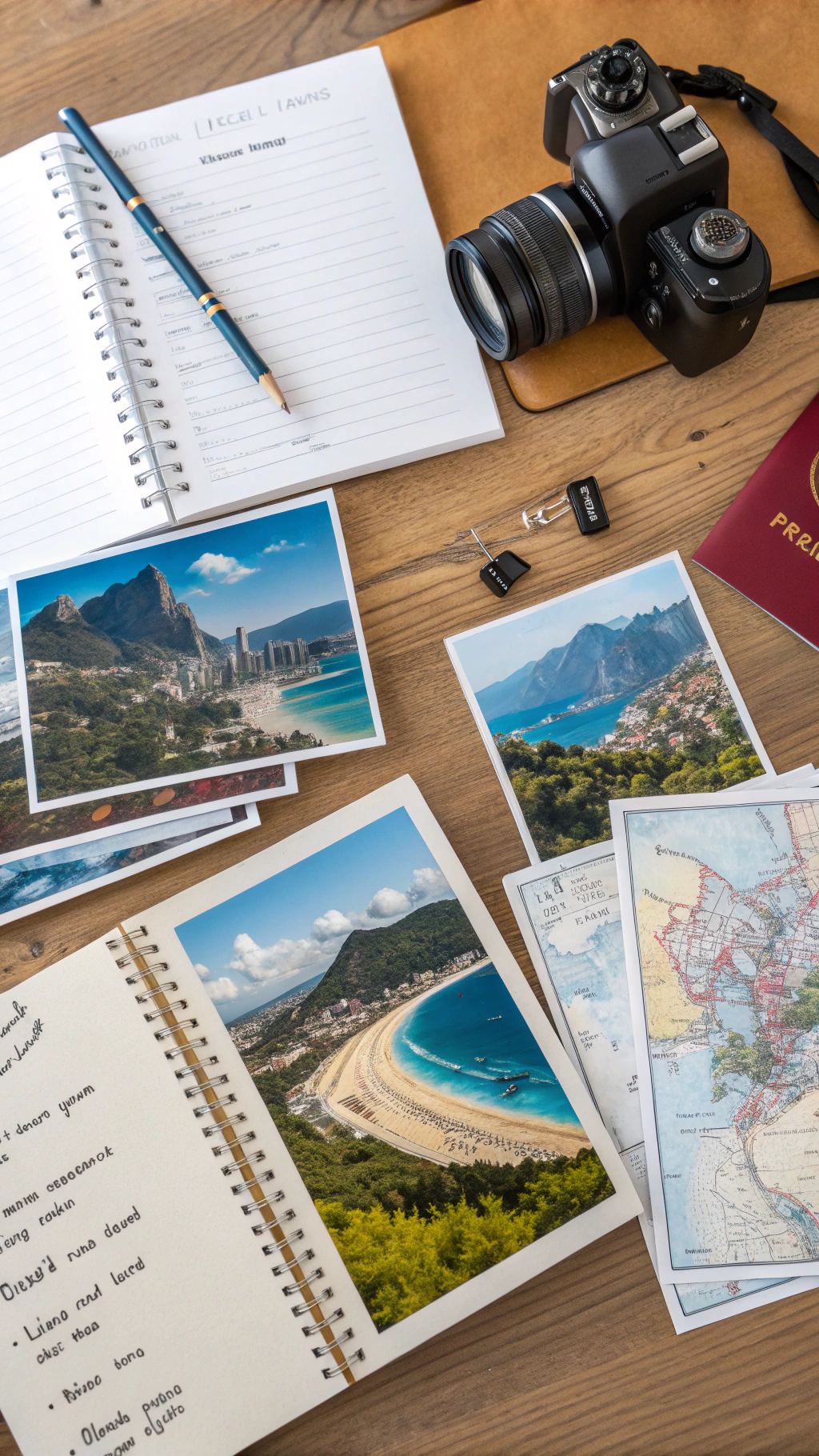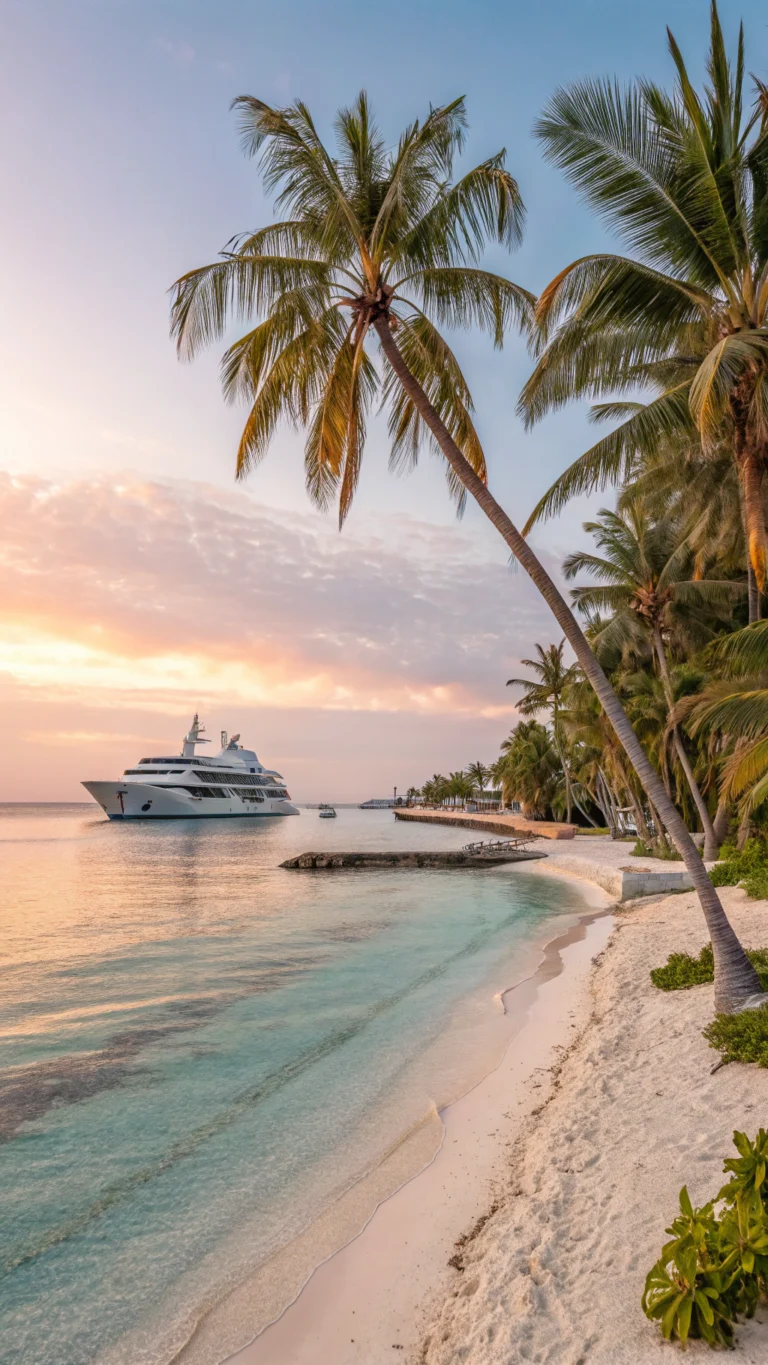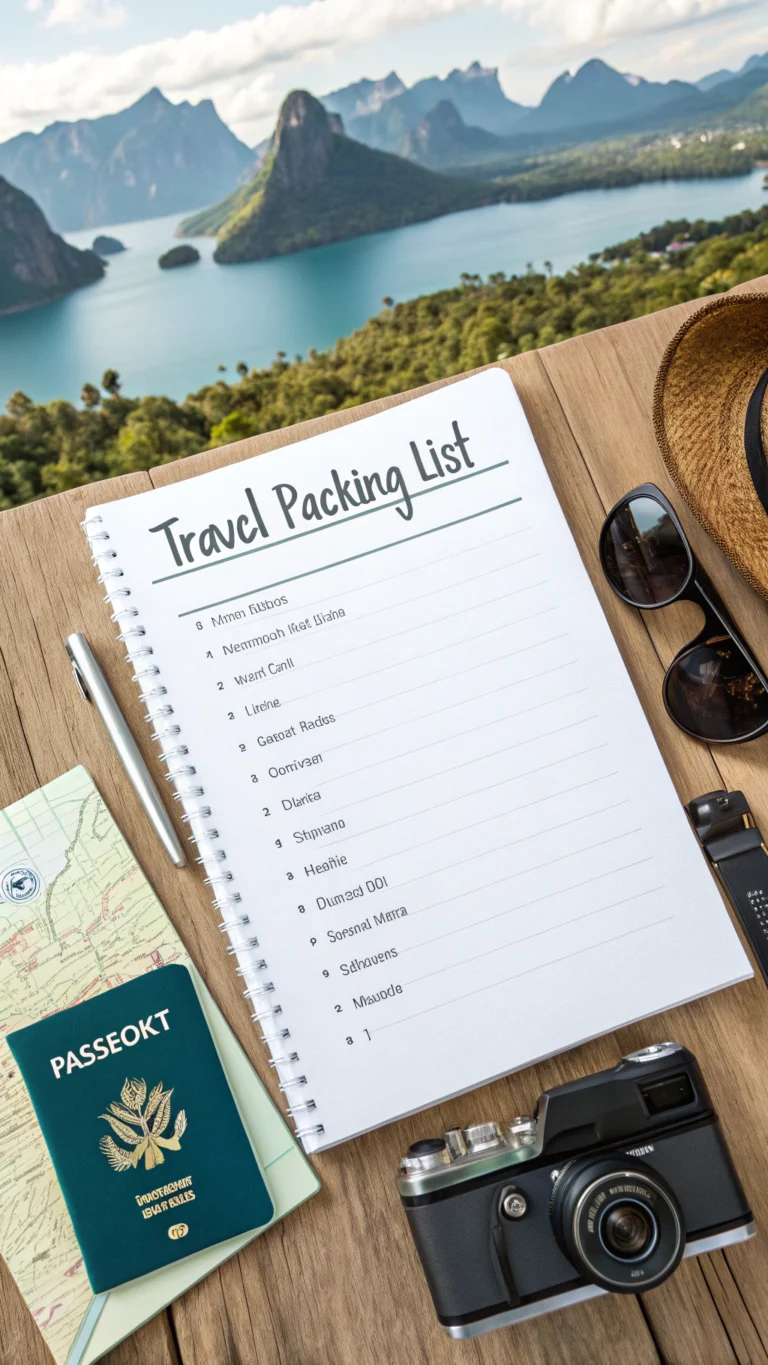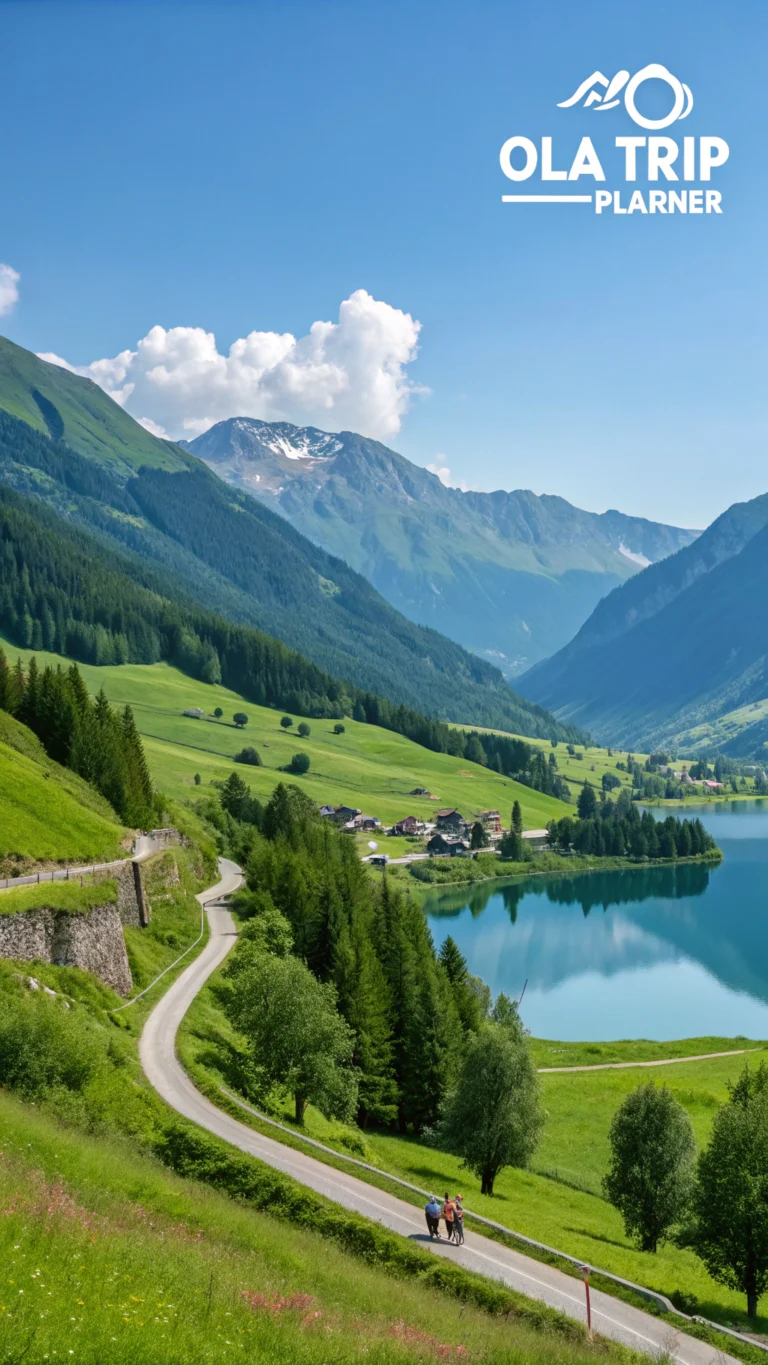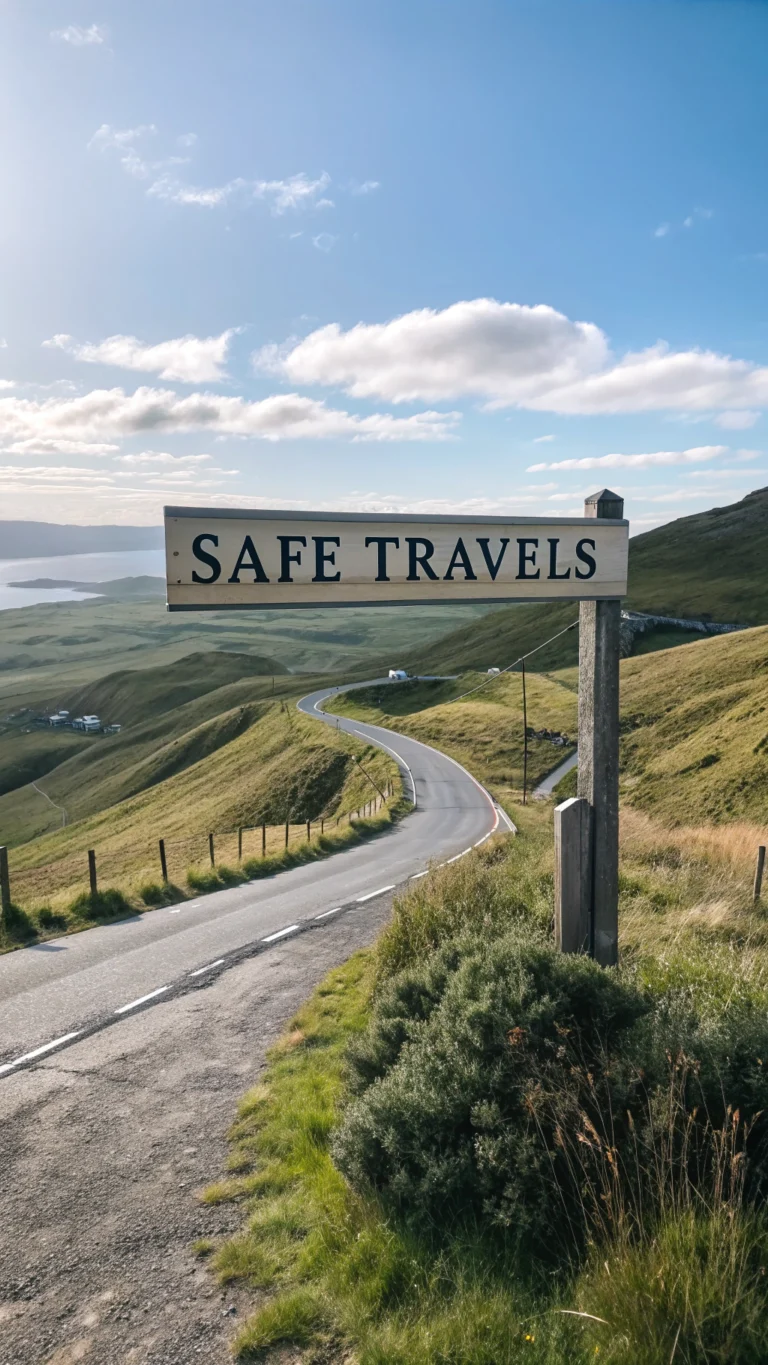Create Travel Itinerary: 5 Steps to Your Best Trip Yet!
Table of Contents
Introduction
Ever wonder why 68% of tourists say they are anxious before their trip even starts? Poor planning could be the problem lying in plain sight. According to current travel psychology studies, making a well-organized travel itinerary can boost trip satisfaction by up to 74% in addition to lowering anxiety. The ability to carefully organize a trip’s itinerary can make the difference between a hectic vacation and an amazing experience.
A well-planned itinerary turns fantasies into reality, whether your goal is to climb the heights of Patagonia or explore Tokyo’s electrifying streets. I’ll walk you through five tried-and-true procedures today to create the ideal trip itinerary.
Destination Overview
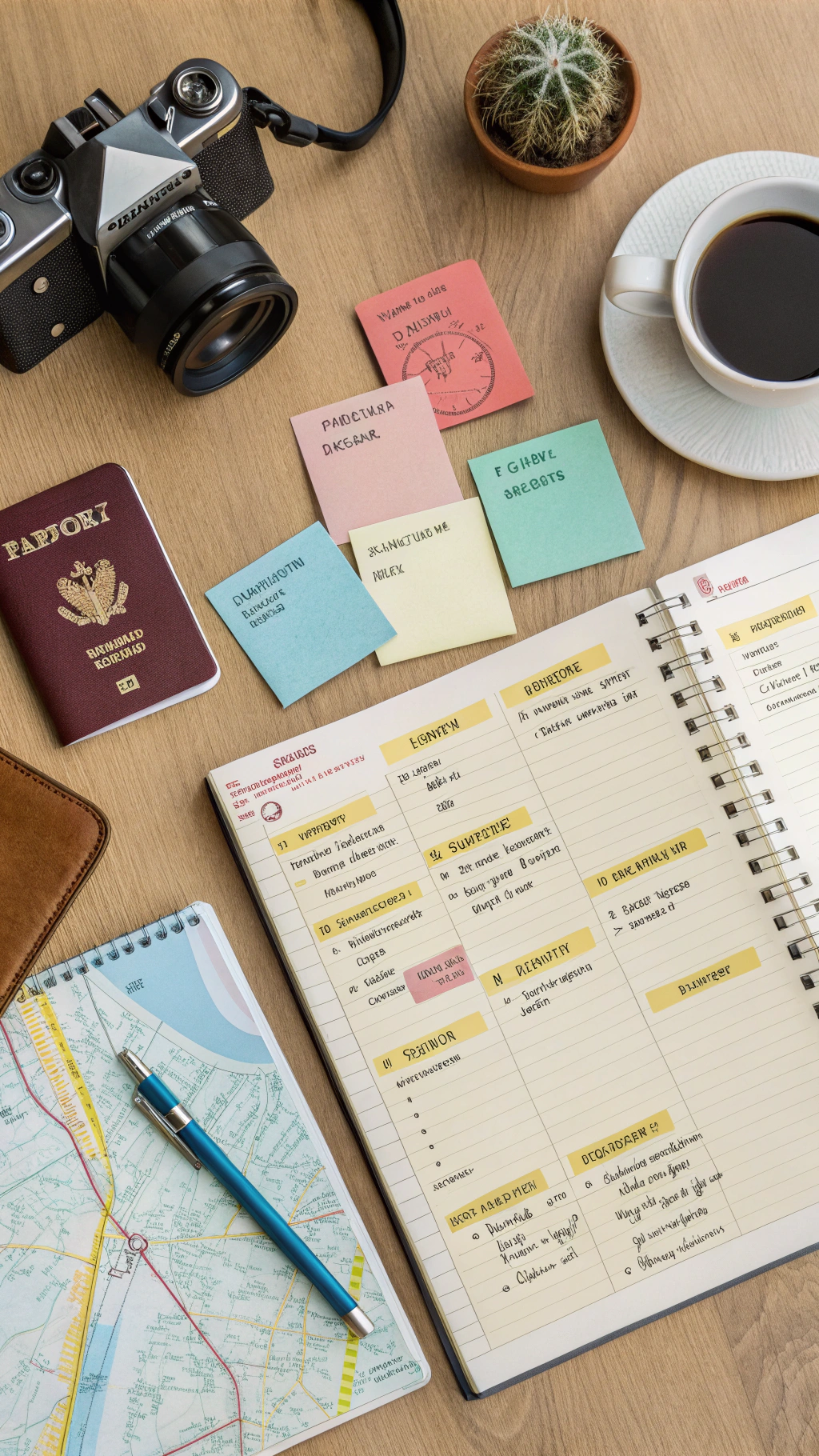
Knowing the personality of your destination is the first step in creating a great itinerary. The seasons, rhythms, and cultural quirks of each place have a significant influence on your experience. For example, while August may seem like the best time to visit Paris, residents know that many shops close for the holiday. In a similar vein, Thailand’s stunning islands undergo a dramatic metamorphosis between the monsoon and dry seasons (November–April).
According to study, tourists who organize their activities after just three to four hours of location research report 45% greater satisfaction ratings. Authentic encounters and less unforeseen issues are the results of this early commitment. You’re already ahead of the typical traveler when you design your schedule using local knowledge.
Travel Itinerary
Crafting your day-by-day plan doesn’t need to be overwhelming. Here’s how to structure your perfect balance of adventure and relaxation:
Step 1: Define Your Travel Style (Days 1-2)
- Morning: Assess your energy levels and preferences. Are you a dawn-to-dusk explorer or a leisurely wanderer?
- Afternoon: Identify 3-5 must-see attractions that align with your interests
- Evening: Research local transportation options (saves approximately $200 compared to last-minute bookings)
Step 2: Plot Your Route (Day 3)
- Morning: Use digital mapping to create logical geographical clusters of attractions
- Afternoon: Schedule high-energy activities earlier in your trip when enthusiasm peaks
- Evening: Build in buffer time—experienced travelers add 25% extra time to each activity
Step 3: Book Priority Experiences (Days 4-5)
- Morning: Secure accommodations in strategic locations
- Afternoon: Reserve tickets for time-sensitive attractions (reduces waiting time by approximately 2 hours per major site)
- Evening: Research dining options near your planned activities
Step 4: Fine-tune Details (Days 6-7)
- Morning: Create alternative plans for weather disruptions
- Afternoon: Download offline maps and translation apps
- Evening: Share itinerary with emergency contacts
Step 5: Allow Spontaneity (Throughout Trip)
- Deliberately leave 20-30% of your schedule open for discoveries
- Balance structured activities with flexible exploration time
Must-See Attractions
Understanding the difference between tourist traps and genuine experiences is crucial when planning a trip. According to travel data, 64% of respondents to post-trip satisfaction surveys place unanticipated discoveries above well-known locations.
The “3-2-1 Rule” states that for every three main attractions, there should be two recommendations from locals and one entirely impromptu encounter. This harmony guarantees you take memorable pictures while still immersing yourself in the local way of life.
For instance, while a trip to the Louvre in Paris is a must, an afternoon spent at Canal Saint-Martin, where Parisians congregate, provides as insightful cultural experiences at a fraction of the price and congestion.
Where to Stay
Accommodation choice dramatically impacts your itinerary’s functionality. Data indicates travelers who select lodgings based on proximity to their planned activities save an average of 1.5 hours daily in transit time—essentially gaining an extra full day on a week-long trip.
Consider these strategic options:
- Central city locations: Higher cost but maximizes efficiency for attraction-dense areas
- Neighborhood stays: Moderate pricing with authentic local experiences
- Multiple bases: Ideal for regions with dispersed attractions (reduces backtracking by up to 40%)
Remember that the perfect location varies by traveler type. Families typically benefit from quiet neighborhoods with nearby amenities, while solo travelers often prefer social hostel environments near transportation hubs.
Food & Local Cuisine
Culinary experiences deserve dedicated space in your itinerary. Research shows travelers who pre-identify local specialties report 58% higher satisfaction with their overall food experience than those who choose randomly.
When you create travel itinerary plans, include:
- One signature local dish daily
- Mix of dining styles (street food, casual local spots, and perhaps one special meal)
- Food markets that double as cultural experiences
For travelers with dietary restrictions, preparation is crucial. Bookmarking translated dietary requirement cards and researching accommodating restaurants in advance prevents frustrating mealtime experiences.
Travel Tips & Essentials
Effective packing greatly improves the execution of your itinerary. Packing cubes keep your items tidy during your trip and save an average of 30% of space. In a similar vein, multifunctional apparel lowers checked baggage costs while offering weather-adaptability.
Additionally, technology enhances your planning process. While currency converters and translation tools eliminate everyday obstacles, apps such as Google Maps enable the offline download of entire cities. The most well-organized tourists make offline-accessible digital files with all of their reservations.
Common Mistakes to Avoid
Excessive scheduling is the most common itinerary error. According to research on travel psychology, trying more than two or three big activities every day results in less enjoyment from all of the encounters. When it comes to travel satisfaction indicators, quality always wins out over quantity.
Ignoring transportation time is another planning mistake. Always factor in waiting times, security lines, and any delays when estimating how long it will take to get from one place to another. Cascade scheduling catastrophes can be avoided by adding a 50% buffer time to transportation forecasts.
Budget Breakdown
Financial transparency transforms how you create travel itinerary plans. Allocate your budget approximately as follows:
- Accommodation: 30-40%
- Transportation: 20-25%
- Food: 15-20%
- Activities: 10-15%
- Miscellaneous/emergency: 10%
Smart travelers reserve 5-10% of their budget for unexpected opportunities that emerge during the trip itself—that cooking class you discover or the perfect memento you hadn’t anticipated.
Final Thoughts
Planning the ideal trip requires striking a balance between planning and improvisation, careful planning and unplanned exploration. You may create journeys that honor your aspirations and pragmatic realities by adhering to these five logical procedures.
Keep in mind that serendipity and preparedness come together to create the best travel experiences. Your carefully thought-out itinerary functions as a flexible framework for exploration rather than a strict timetable. Begin organizing your next journey right now, and see how careful planning improves your journey!
FAQs
To what extent should I plan my trip ahead of time?
Start your overseas travel three to four months in advance for the best flight availability and price. Holiday seasons necessitate earlier planning, although domestic travel can be scheduled four to six weeks in advance.
Do I need to plan activities for each hour of my journey?
Not at all. The most fulfilling itineraries, according to research, only plan 60–70% of the time available, allowing for relaxation, impromptu discoveries, and recuperation from unforeseen setbacks.
How thorough should my daily schedule be?
Provide verified reservations together with the times, local language addresses, and available transportation. Avoid strict hourly scheduling, though, unless you have an urgent reservation.
How should I arrange the details of my itinerary?
Digital solutions that are accessible on several devices and make sharing with fellow travelers simple include TripIt and Google Docs. Keep important reservation details offline at all times.
How can I avoid getting tired while still seeing everything?
Organize activities based on geography rather than passion. This strategy avoids the weariness that comes with hopping between locations while cutting down on commute time and optimizing experiences.

